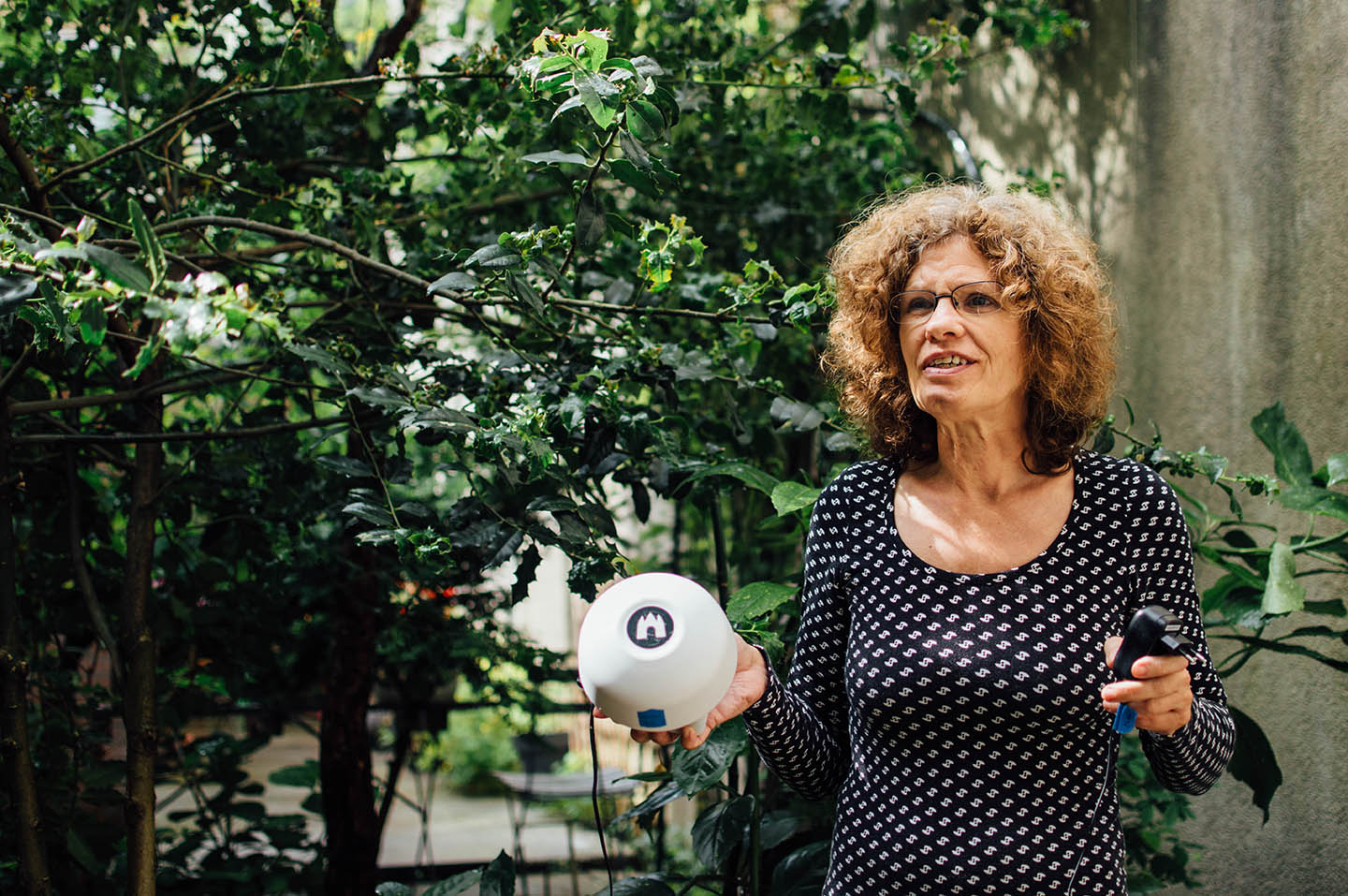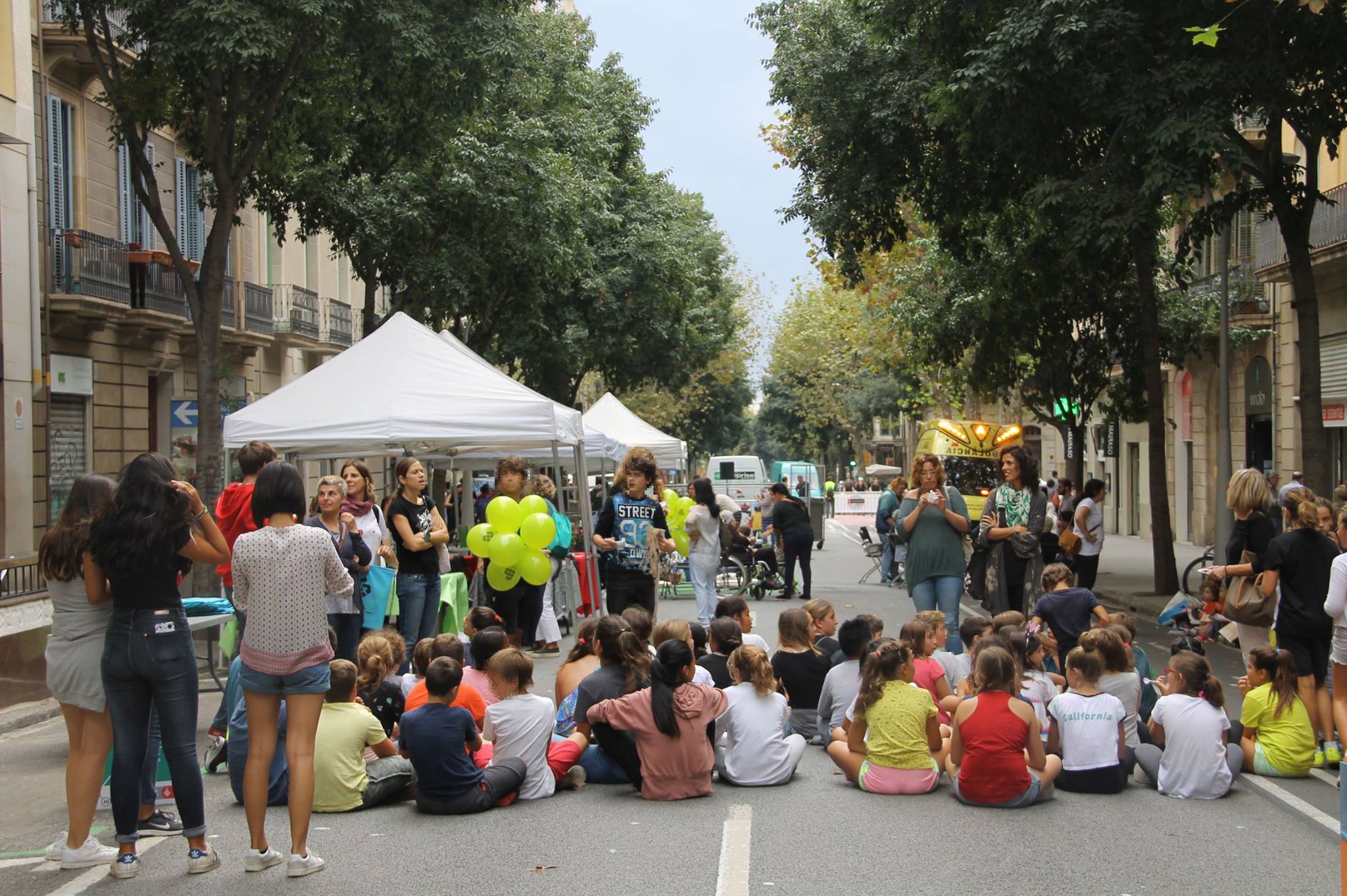How to work sustainably with smart citizens?
30 January 2017
In the last few years, several interesting smart citizen projects have seen the light.
Waag Society has been following these developments closely and has been partnering with Fab Lab Barcelona, for instance, in the implementation of the Smart Citizen Kit. This Arduino-based connector platform has made it easier to connect new sensors to the Internet in order to create more transparency for citizens about the quality of their environment. At this moment an European project called Making Sense is researching the best approaches to be able to fulfill community driven data collection in environmental issues.
Citizens-based sensor projects often start when (1) people perceive health and/or environmental concerns. Another crucial element, is (2) frustration about the lack of available data: the data itself is often there, but in the hands of governmental organizations or companies, and not (or only in a very condensed or incomprehensible form) available for the laymen. New technological developments are often quite interesting in themselves. But without these first two elements, it will be very challenging to build up large-scale citizen participation outside a very technically oriented early adopters group. Sometimes this is not a problem, for example when the aim of the project is to demonstrate that something can be done. Often, however, we would like more sensors in the field, because that implies more data, visibility, awareness and — hopefully, momentum for change.
When the need for action is recognized by the larger community, sensor network projects can generate a lot of traction: public funding, academic partners and a respectable amount of media coverage. The necessary tools are bought or developed, infrastructure is arranged and academic partners lined up to start analyzing the data that soon will begin to flow in once more and more users will flock to the network.
Not seldomly, however, things work out quite differently. After initial enthusiasm many projects fizzle out, suffering from data exhaustion. Why does this happen? Could we maybe explain this from one or more elements that were missing in the project design?
I want to discuss a few possible reasons here as to why this could be happening. First we will look at possible ways to better secure the cooperation of the core players: the people who participate in sensor network projects as the owners (and sometimes involuntary administrators) of the data-producing devices.
An example
Let’s start with an example. An institution has installed a sensor kit for measuring environmental data, possibly nuclear radiation or air quality. When the person responsible arrives at the office in the morning, he or she needs to take a look at a screen or a device to see if the sensor is still online and functioning. And regularly, he or she will remember to do so, but more often they will be finishing a phone call while coming in and trying to grab a coffee on the way to the team-meeting that started five minutes ago.
Sometimes it seems that any approach in which someone has to do anything at all – after the initial installation – is problematic. Wherever possible, follow the ‘connect & forget’ approach, since in practice even introducing something simple like Wifi into the equation, will be the source of many problems in everyday life. A factor that maybe taken for granted too much, in smart citizens projects, is the time and attention a person is willing to invest in such a participation. We can safely assume a few things about participants: technological savvy, interested in new developments and in the quality of their living environments.
This interest in new technological developments is at the same time the strong and the weak point of the smart citizen: you might have caught their attention today, but tomorrow something else does – and you will be stuck with yesterday’s project in the years to come. Do we need to come up with a workaround of the participants, or design our projects in such a way that they enhance the participation of the involved people?
There certainly seems to be a gap between the designers of the network and the people who are made into admins of some kind of data-collecting device. From my own experience, I remember a person who was convinced that our sound-monitoring device on his roof was so advanced, that he could even disconnect the ethernet cable from the router without any consequences for the data stream. Even if the device is working, the data-stream itself is often meaningless to an average user; just numbers that a non-expert cannot comprehend or interpret. Is 12.3 microSievert gamma radiation good or bad? Do we need to open a window when the CO-level at the office is 120.90 kOhm/ppm?
In the case of the user above who disconnected the ethernet cable, it is easy to blame this clearly ill-informed user, but isn’t it more productive to focus on the apparent lack of feedback on the results of his device? Data by itself has unfortunately no magic properties, no power to change. So how do we transform data into information, and what is the difference?
Data and information
When looking at this matter from the perspective of management dashboards, the major difference between data and information is the applicability of the information to one’s own actions. As an example: the fact that there are currently 28.318 vehicles on the M2-West is data, but “count on at least 30 minutes delay between exits 3 and 8” is information. So in able to transform data into actionable information, something else needs to happen as well: an expert-system needs to be built that filters, aggregates and presents the raw numbers into some kind of advice for the user that he or she can act upon. In the case of the CO-level of an office: create a beep and red flashing LED when a certain threshold-level is exceeded! Even better: a voice that will say: ‘open the window please, fresh air needed’. Please add a green LED to show that the device is working fine, and you’ve got all positions covered.
This means that apart from the mentioned elements of (1) concerns and (2) frustration, it might be beneficial to focus as well on (3) the creation of actionable information. When we manage to strengthen this third element, it might prove to be better possible to cooperate sustainably with smart citizens in the creation of large, organically growing sensor networks.


